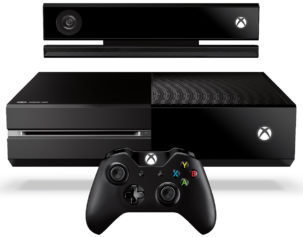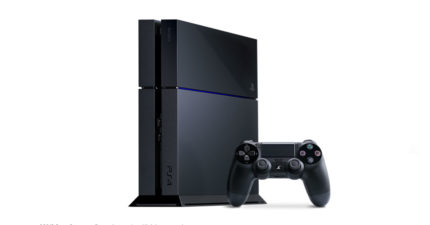
He quotes analyst Michael Pachter, who says that the “reason Sony beats Microsoft is solely the price. Microsoft loses the next generation unless they cut price. If Microsoft drops its price to $399, I expect the sales to be equal to the PS4.”
Of course, as Tassi notes, dropping the price to $399 would mean substantial losses per unit sold thanks to the inclusion of the Kinect.
The IHS estimates that each Xbox One unit costs about $457 in components plus an additional $14 in manufacturing costs, bringing the total to $471 on a $499 machine. Then retailers take their cut, and various other expenses kick in, and the final picture is one of a very slim profit margin per unit sold—certainly not enough to account for all the development and R&D costs yet.
It’s enough to skate by on, but a $100 price-cut would be hugely expensive for Microsoft. The Kinect itself costs just $75 per unit, so even if the sensor hadn’t been included, Microsoft would have to charge $424 or take a $25 loss on each Xbox One sold if it were to try to price-match the PS4.
The Xbox One could have been manufactured more cheaply had it not also included the TV features that set it apart from its primary rival, allowing Xbox One owners to run their cable television directly through the system and use the Kinect to channel surf.
In other words, if Microsoft had decided to not differentiate its product whatsoever from Sony’s, they then could have matched the PS4′s price, and then the competition would have been much more fierce. But it would have also been much less interesting.
source: forbes.com


